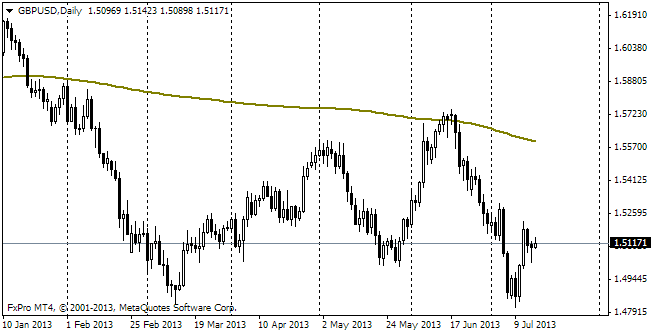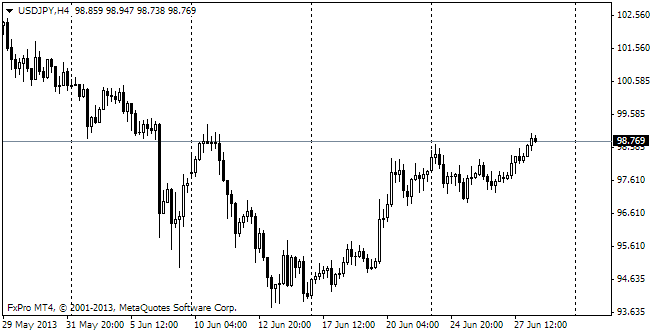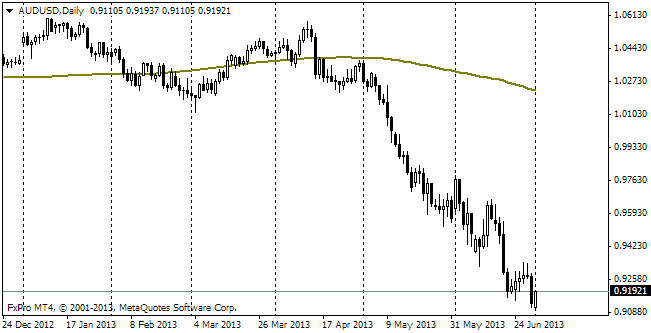EUR/usd
The single currency is no longer as sensitive to draghi's comments as before. Yesterday he expressed readiness to expand incentives, including non-traditional measures. However, the markets don't take these words as a threat now as Draghi's under increasing pressure of Bundesbank and the central banks of other core countries. Thus, the reaction to Draghi's rhetoric was quickly exhausted. The pair dropped down to 1.2816 (a new high for more than a year). The pair remains oversold. But meanwhile its current position is explained by fundamental factors. So short-term traders can only rely on a quick pullback within the range of the general downtrend. The support level, which ‘saved' the pair a year earlier, is very close already. Then eurusd was pushed off 1.28, falling below this level only for a while. The global trend, however, enables us to expect that the pair will manage to tumble down below 1.20 during the next year. To be more precise, it is 1.18 against September 2015 or 1.18 against the beginning of the next year. We believe that the former mild scenario is more possible and expect that USD will be in demand in the first months after the rate increase and then the policy tightening won't have such a great impact on the dollar, just like it was with the New Zealand dollar, which stopped growing earlier this year, when the RBNZ was still tightening the policy.
GBP/USD
The British currency is trying to climb up. On Monday it grew by 80 pips. Though the market is trending up, we can obviously see a steep pullback since the voting day. Altogether it now resembles the head-and-shoulders pattern with the neck line at an angle. It is dangerous for bulls that trading is now held right at this line, so decline may increase the pressure and breaking through 1.6290 will open the way to 1.6040. Today there are little important data for Britain. Mortgage approvals, which display certain stagnation, are of interest. Much here depends on which economic forces will gain the upper hand now: revival due to employment and production growth or stagnation and decline because earnings growth lags much behind inflation.

USD/JPY
The pair is again closely correlating with the stock indices. So the slowdown in the recent days has stalled the yen's depreciation. The consolidation near 108.80 is a sign of possible correction. However, we shouldn't disregard a possibility that bulls will attack 110. RSI shows no sign of divergence in the 4-hour charts. The highs of the indicator are approximately at the same level and the rate of the pair has been growing all that time. However, this rally can't last forever. For example, applying a support line to RSI, we see that this line has already been broken, so bears may gain the upper hand for a while.

AUD/USD
The Australian dollar is coming to its senses after yesterday's selling. Yesterday audusd slipped below 0.8900 and then fell under the selling pressure, going down to 0.8850. The pressure on the AU dollar, as well as on other currencies of the ‘core' countries, is accounted for by China's slowdown and decrease in commodity prices to their five-year low. gold, which closely correlates with the aussie, approached its yearly lows yesterday. Today the run-down bulls were supported by growth of China's Flash Manufacturing PMI. Higher activity makes acceleration at the end of the year possible, but here we also have decline of the employment rate. Thus, the upsurge may prove to be temporary and last only for a few months, which will hardly let AUD overcome the downtrend against most of its rivals.
